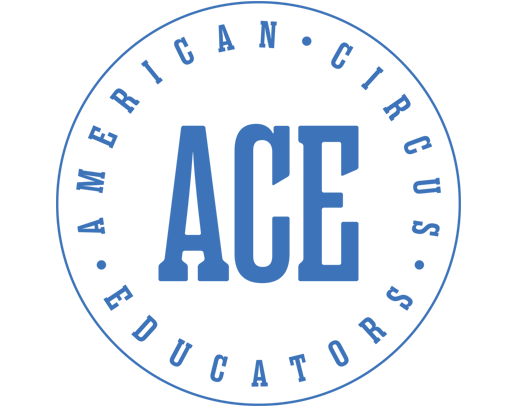Program Design and Logic Models
Theory of Change, Logic Models and Desired Outcomes
Many circus programs start organically. A performer is invited to share their skills at the local YMCA. A gym teacher experiments with partner acro. A group of friends gather to practice. Later on, when the program is ready to evolve in to a Social Circus program the leaders begin to look for outside funding. At this point, there’s a need to clarify what the purpose of the program is, who it aims to serve, and how we can tell whether it’s working. This is not just an administrative exercise. Intentional discussion about what we believe to be true about the impact of our work can be exacting, illuminating, sometimes painful, but ultimately brings a satisfying clarity to our work. The AYCO Social Circus Recognition Program invites leaders of Social Circus programs to describe their programs in these terms. In the nonprofit sector, the common tools in use to describe intent and program design are the ‘logic model’ and ‘theory of change’.
These terms are well-explained and guidance provided on their use by the W K Kellogg Foundation in this guide.
A theory of change states what you believe to be true about the way your program impacts the population you are serving. For example:
“We believe that by offering teens a regular connection with a caring, creative, physically challenging, diverse group of peers we will increase their ability to set and achieve personal goals in life.”
A logic model shows how the theory of change works. It sets out what resources are needed, how the program operates, what success measures are used and how, ultimately we draw a connection to the desired outcomes (the social change we wish to achieve). See below for some examples.
The Circus Project Logic Model
Program Evaluation
Plans to conduct an evaluation of your program to determine whether you are achieving the desired outcomes go hand in hand with purposeful program design. For a helpful guide on how to think about evaluation of your program, this resource is particularly helpful. Read about how to think about evaluation, then choose from a wide selection of instruments that you can use as they are or adapt to your program. Designed for lay-practitioners in youth development.
AYCO Program Evaluation Toolbox
Assessing Outcomes in Child and Youth Programs: A Practical Handbook. University of CT, 2005
Resources in use by recognized Social Circus Programs can be found here. Sharing of these is based on the goodwill of our members. We discourage direct copying as that may undermine the effectiveness of the tool. We suggest contacting the network member directly to discuss their tools and request guidance on adapting their tools for other programs.
Essential ingredients for Social Circus programs. The AYCO Social Circus Initiative team created this presentation highlighting elements that must be present for effective Social Circus (drawn from interviews with US practitioners). It includes an assessment of where, in 2015, the US network is strong, and where further development was needed.
Recommended Core Competencies for Youth Circus Practitioners: This document, compiled by Jackie Davis and Jen Agans details the pillars of successful social circus programs. Applicants to become Recognized Social Circus Programs should be familiar with and adopt these core competencies.
Toward best practices in youth worker training for developmental circus arts programs: This document by Jackie Davis details and explains the suggested core competencies for youth circus workers.
Teaching Tips:This document by Jessica N. Lipscomb provides brief explanations and basic teaching pointers for acrobatics, juggling, and clowning.
Cirque du Monde Box: (please note that the CdM box is now being hosted by Cirque Hors Piste. Some documents from the original dropbox may be missing.) Cirque du Monde also has a living, virtual library offering social circus practitioners access to the extensive documentation on the subject. These resources can help in the planning and execution of social circus programs. You can find teaching and documentation tools to download and use in your own programming.
To become a member of the Cirque du Monde platform, and access even more documents, please write to cirquedumonde@cirquedusoleil.
Social Circus: A Guide to Good Practices written by Hilkka Hyttinen and published by the Center for Practise as Research in Theater, Finland
Casey Lumb has kindly shared the curriculum she has developed: Expressive Play, Interactive Circus. Casey is a Licensed Clinical Social Worker operating in Providence, RI.
Positive Youth Development 101 – this resource is a a six-course series based on a training curriculum by Jutta Dotterweich. The series was created by Jutta Dotterweich and Karen Schantz of ACT for Youth together with members of the Cornell University Social Media Lab.
Cuerda Firme – a model for social circus programming

